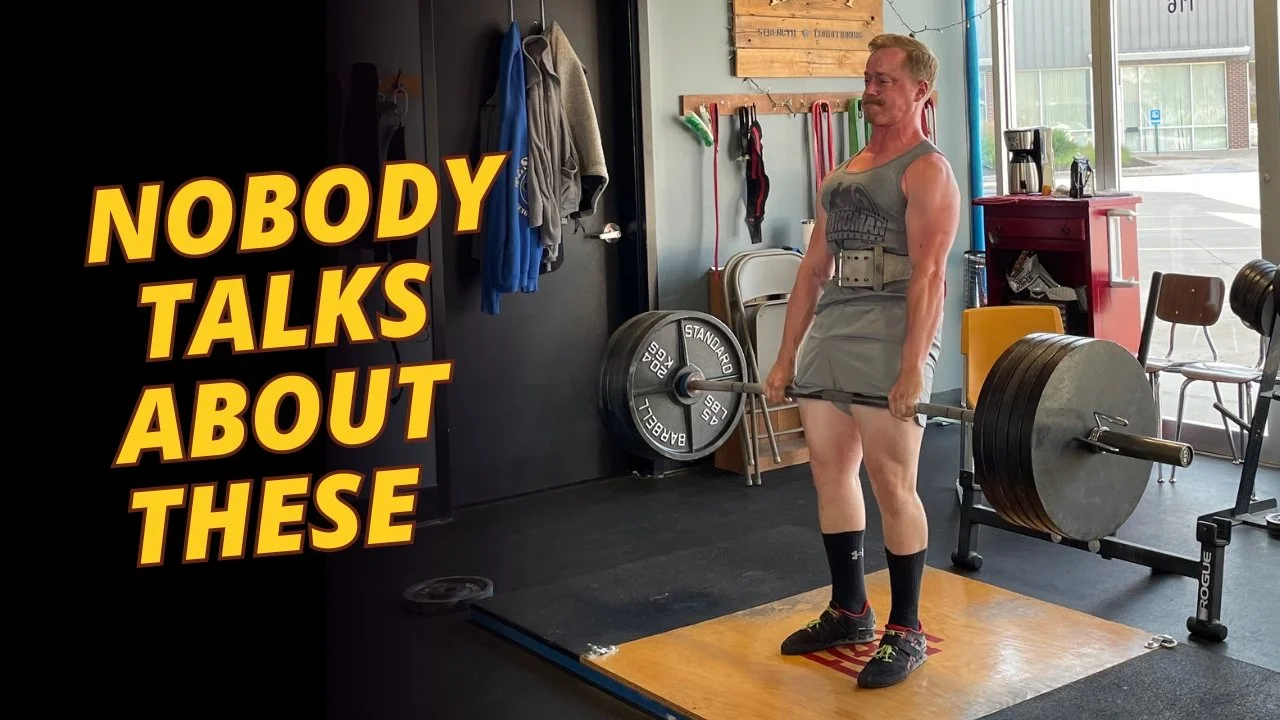Week 2021.04.05
/Reminder: Please note that the gym will be closed this Saturday, 04/10/21, as we are hosting the annual Testify Strengthlifting Challenge.
New on the Testify YouTube channel!
This Week’s Conditioning
Option 1
Sled
Outdoors:
10-20 x 25 yds EMOM at a weight of your choice
Every minute, push the sled 25 yards, i.e., if pushing the sled takes 20 seconds, then you have 40 seconds to rest. Perform 10-20 rounds.
Indoors:
10-20 x 100 ft EMOM at a weight of your choice
Every minute, push the sled 100 feet, i.e., if pushing the sled takes 20 seconds, then you have 40 seconds to rest. Perform 10-20 rounds.
Compare to 2021.02.01.
Option 2
Bike/row:
12 min TT
Score = distance
Compare to 2021.01.11.
Option 3
5-10 rounds of:
30 sec ME tire flips
30 sec rest
Compare to 2020.12.14.
Option 4
1. 5 yoke carries @ 30 yd (15 yd downback) – work up to heaviest carry
2. 5 rounds of 5 reps on the axle “clean and press away” – work up to heavy set of 5
Compare to 2020.12.07.




